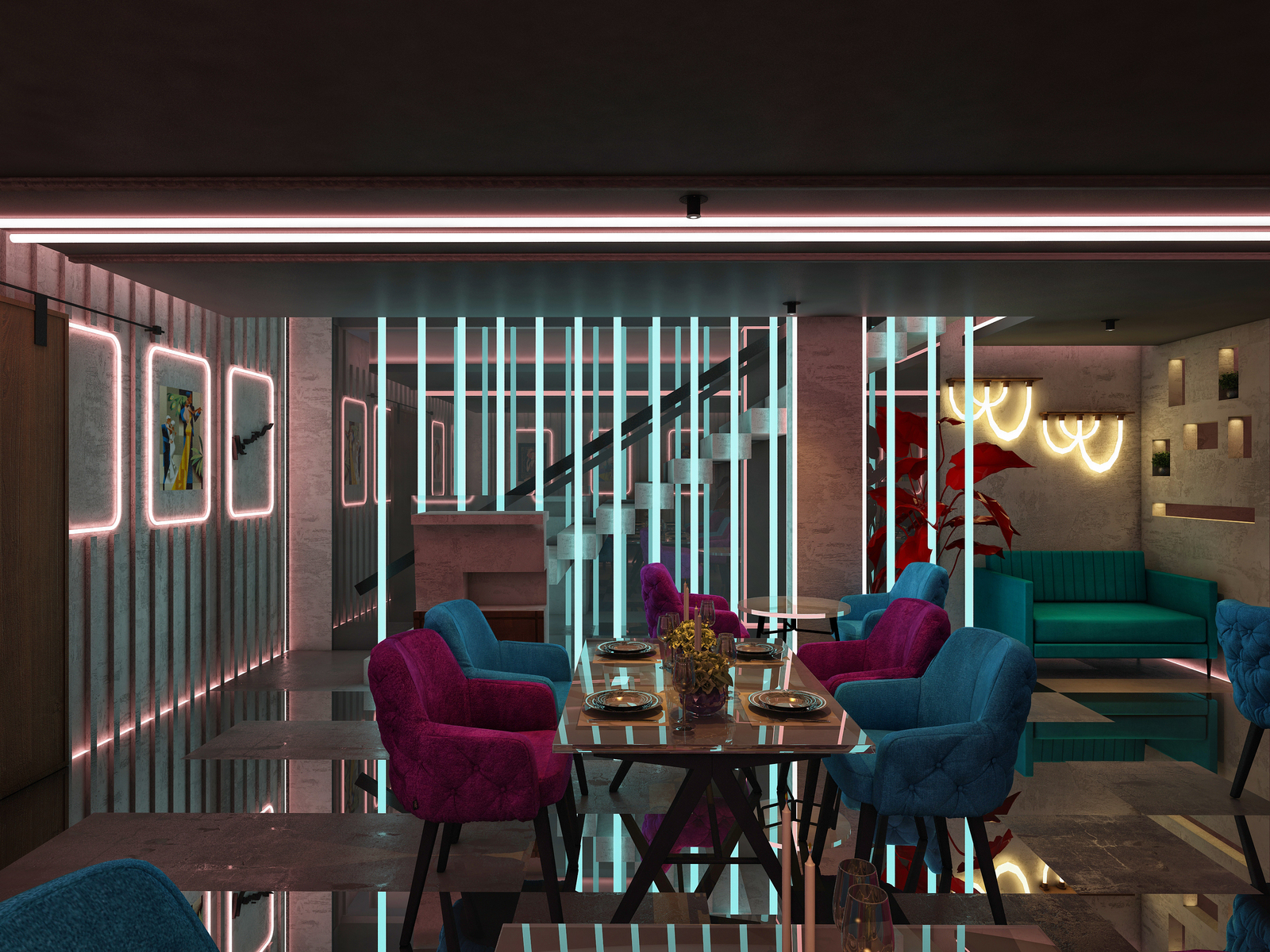Transforming Architecture: The Impact of New Technologies on Design
Introduction
In the ever-evolving world of architecture, innovation and technology have become integral to the design process. As we venture further into the 21st century, architects are harnessing cutting-edge technologies to revolutionize their craft. These advancements are not only enhancing the aesthetics of buildings but also improving functionality, sustainability, and efficiency. In this article, we will explore some of the groundbreaking technologies that are reshaping architecture design.
- Building Information Modeling (BIM)
BIM is a transformative technology that has become a cornerstone of modern architectural design. It is a digital representation of a building’s physical and functional characteristics, providing architects with a comprehensive 3D model. This model enables architects to visualize and manipulate every aspect of a structure, from its structural components to electrical systems, long before construction begins. BIM enhances collaboration among architects, engineers, and contractors, leading to more efficient and error-free designs.
- Virtual Reality (VR) and Augmented Reality (AR)
VR and AR technologies have ushered in a new era of immersive architectural design. Architects can now step into a virtual world to explore their designs in detail. VR allows clients to experience a building’s interior and exterior spaces before construction begins, providing a more tangible understanding of the final product. AR overlays digital information onto the real world, aiding in on-site decision-making and facilitating better communication among design teams.
- Generative Design
Generative design algorithms use artificial intelligence to explore thousands of design permutations based on specific parameters and objectives. This approach allows architects to optimize designs for factors like energy efficiency, structural stability, and aesthetics. By inputting desired outcomes, architects can let algorithms generate innovative design solutions that might not have been apparent through traditional methods.
- Sustainable Technologies
In an era of increased environmental awareness, sustainability is a top priority in architectural design. New technologies are enabling architects to create eco-friendly buildings. Solar panels, advanced insulation materials, and intelligent HVAC systems are just a few examples. Additionally, architects are using data analytics to optimize a building’s energy consumption and environmental impact throughout its lifecycle.
- 3D Printing
3D printing has made waves in architecture, offering a cost-effective and sustainable way to create complex building components. Architects can produce intricate prototypes and scaled models with precision, speeding up the design process. Furthermore, 3D printing allows for the construction of unique, customizable building elements that were once impractical to manufacture.
The rise of the Internet of Things (IoT) has given birth to smart buildings that can adapt to occupants’ needs and reduce energy consumption. Architects are integrating sensors and automated systems into designs to monitor and control lighting, heating, cooling, and security. These systems improve occupant comfort while minimizing waste.
- Parametric Design
Parametric design is the use of algorithms to create complex, mathematically driven forms. Architects can manipulate parameters to generate unique, aesthetically striking designs. This approach has been particularly influential in iconic, avant-garde architectural projects.
Conclusion
The integration of new technologies is transforming architecture from a static discipline into a dynamic, data-driven art form. These technologies empower architects to design more efficiently, sustainably, and innovatively. As we continue to push the boundaries of what is possible, the future of architecture holds exciting promise, where imagination knows no bounds and technology is the catalyst for groundbreaking designs that redefine our built environment.

Leave a Reply